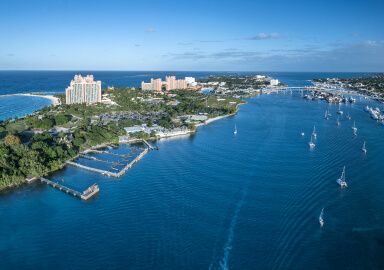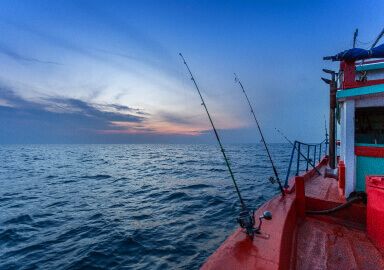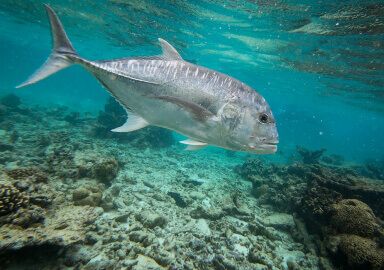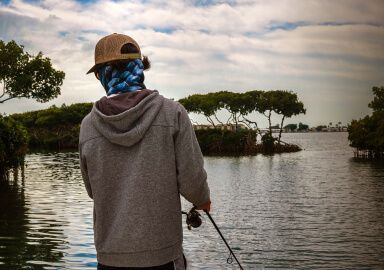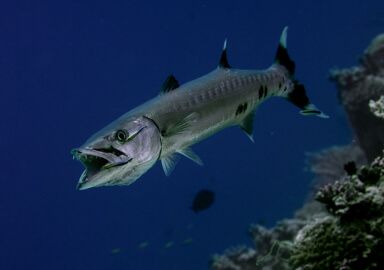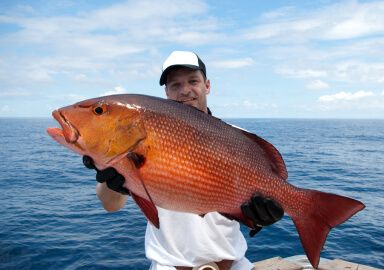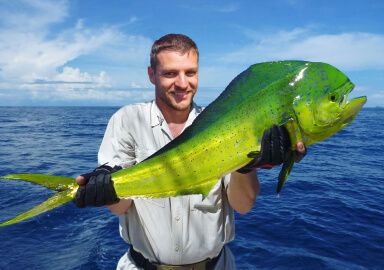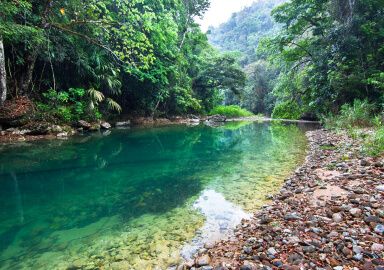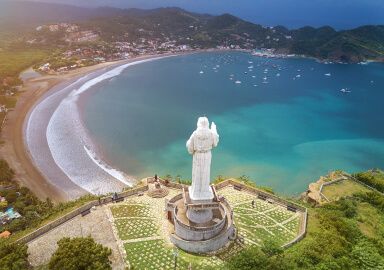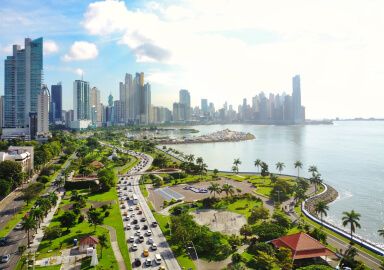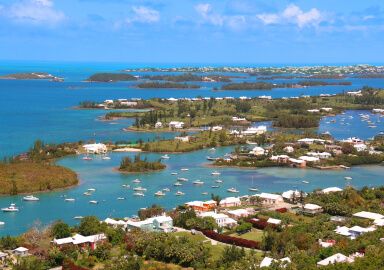Fishing in Bahamas
A second-to-none tropical paradise, the Bahamas attract countless tourists both with their beautiful beaches and by outstanding fishing opportunities.
View 7 listings
7
listings
–
price starting from
34
fish species
–
to the nearest trip
About Bahamas
Imagine casting your line into waters so transparent, that fish species which evolved to live in it have become nearly transparent themselves! That’s a daily reality on the Bahamas, a large archipelago with approximately 3,000 bigger and smaller islands scattered eastwards of Cuba from Florida to Hispaniola in the Atlantic Ocean.
The waters around the archipelago are exceptionally clear due to the low runoff from the islands, with temperatures ranging from about 73°F (23°C) in the cooler months (December to February) to around 85°F (29°C) in the summer. The depths around the Bahamas vary significantly, offering a range of environments for different marine species. The Great Bahama Bank and Little Bahama Bank are extensive shallow areas (generally less than 80 feet or 24 meters deep) with crystal-clear water. Beyond these banks, the depth can drop steeply into the Tongue of the Ocean and other deepwater trenches, some areas reaching depths of over 6,000 feet (1,800 meters).
With its tropical climate and warm seas, beautiful beaches, water sports, diving, local cuisine, and a vibrant culture to explore, the Bahamas are one of the most popular tourist destinations in the world. Many of those tourists come purposefully for fishing. Locations such as the Bimini, Abacos and the Exumas are well-known among serious angling enthusiasts, and on the bigger and more popular New Providence, Grand Bahamas, and other islands there are numerous excellent fishing charters.
The Bahamas is committed to marine conservation, with several marine protected areas and regulations aimed at sustainable fishing practices. Regulations such as size and bag limits, and in some areas, catch-and-release policies, especially for bonefish, have been implemented to preserve its marine life. The regulations are strictly controlled, so it's always recommended to check the latest editions or, better yet, hire a local guide.
Fishing Types
Varied ocean depths around the Bahamas provide opportunities for a diverse range of fishing experiences. Deepwater trenches serve as bottlenecks for migration of such pelagic species as marlin and swordfish. This offers great chances for deep sea offshore fishing trips. On the other hand, the Bahamas are known for their flats fishing, especially after the bonefish.
Numerous wrecks, some remaining since the early days of European exploration (the first English colonists on the Bahamas survived by salvaging provisions and goods from wrecks) encourage wreck fishing. Last but not the least, the Bahamas boasts one of the world's largest barrier reefs, offering an incredible habitat for a wide array of underwater species and contributing to the overall health of the marine ecosystem.
Targeted Fish Species
The Bahamas are home to many fish species that are popular among recreational anglers in the tropical part of the Atlantic Ocean and the Caribbean Sea. Reefs and other structures around the islands provide appropriate habitat to various snappers, including the mutton, Cubera, lane, gray, dog and queen snapper, as well as groupers, barracudas, triggerfish, and hogfish. You can also catch or spearfish the striking-looking lionfish, an invasive species which presents a serious threat to local ecosystems.
The Bahamas is famous for its bonefish, and other denizens of the flats, such as permit and snook. In the deeper waters anglers can cast their lines for several pelagic species, from the smaller like king mackerel and Spanish mackerel, to bigger such es amberjack, blackfin and bluefin tuna, wahoo, dolphin (Mahi-Mahi), sailfish, and black marlin.
Click here to learn more about fish and fishing in the Caribbean Sea.
Fishing Techniques
Saltwater flyfishing is arguably the fastest growing angling trend, and the Bahamas offer the perfect environment for it. While light tackle is commonly used for bonefish on the flats, heavier gear is needed for deep sea fishing. Most charters provide appropriate rods, lures, and other equipment, and the use is typically included in the cost of the trip. The bottom line is that you don’t have to carry your rods for a vacation in the Bahamas; should you want to diversify your stay with a fishing outing, everything you need can be obtained on the spot.
The best time for fishing in the Bahamas depends on the species. The blue marlin typically passes the archipelago in June-July, and the best time for bonito and blackfin tuna is believed to be from May to August. Otherwise, the best time for fishing in the Bahamas is usually from September to May, avoiding the hurricane season (June to November).
